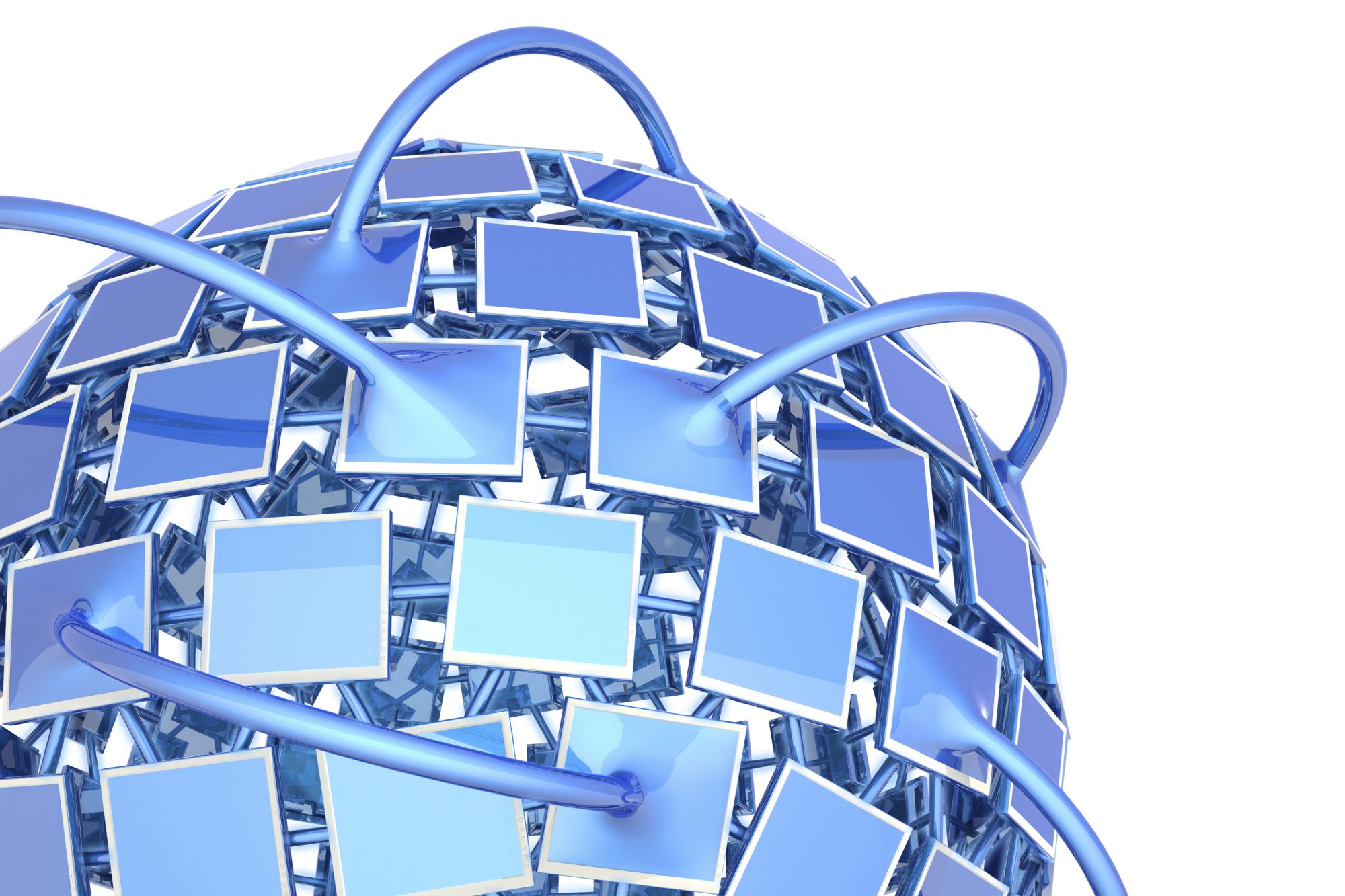Washington – You have heard of the Internet of Things. Cisco Systems has coined its own term: Internet of Everything. Now Microsoft has come up with the Internet of Your Things.
According to Microsoft’s director of product management for Windows Embedded John Doyle, (citing IDC figures) 212 billion things will be connected by 2020. That statistic for the software giant creates several challenges.
Doyle told CDN that Microsoft has developed a new wrinkle to the Internet of Things called “Internet of Your Things.”
The strategy, in a nutshell, has a business view and counts the number of things per year in an enterprise. These “things” are sensors that can collect data.
“What we have done with a number of companies is to not make it about a future use trend, but instead make it more about how to drive the efficiencies out of it. This will have a focus on system integrators. We’ll need them to help us with these companies to create this Internet of Your Things,” Doyle said.
For example, solution provider Cognizant of Teaneck, N.J., has built a remote monitoring healthcare system for patients to the home that reduces hospital admissions. This one-touch solution was created with the Kinect SDK. The Kinect system was introduced by Microsoft as a motion sensing gaming device for the Xbox 360 console.
Doyle said if a patient has gestational diabetes and is pregnant she can use a FitBit type of device for to measure things such as glucose and blood pressure. That data is moved to the Azure cloud. The patient’s smartphone will act as a gateway and monitor the heartbeat, while the Doctor can see the same data from the FitBit type device.
From there the Doctor can make decisions on her health because he or she can see how active the patient is, check glucose, and heart rate.
Cognizant was one of 78 founding channel partners who have built an Internet of Your Things solutions. Doyle added that as of today that number has grown to 230 companies.
He added that the Internet of Things marketplace is worth between $2 to $3 trillion today and going to grow to $5 to $6 trillion by 2018.
However, solution providers, as first reported by CDN earlier this year, are having a difficult time pinpointing profit margins for the Internet of Things. Doyle said that with the Internet of Your Things the profit margins will depend highly on the business model used by the channel partner.
Doyle gave an example of Canadian system integrator CGI and its work for the London Underground. CGI solved many technical issues with escalators and HVAC systems saving the London Underground money in repairs. The way CGI went about it was by offering a managed service with an SLA.
“If the escalator stopped working they would get a person down to fix it. With the managed service CGI used predictive maintenance via data captured on the escalator and knew when it would fail. Thusly the technician goes in advance to fix the problem before it becomes a problem. There is value in that,” Doyle said.
He believes that the business models will evolve over time. For example, a company can give an MRI machine away for free and sell the up time service.




